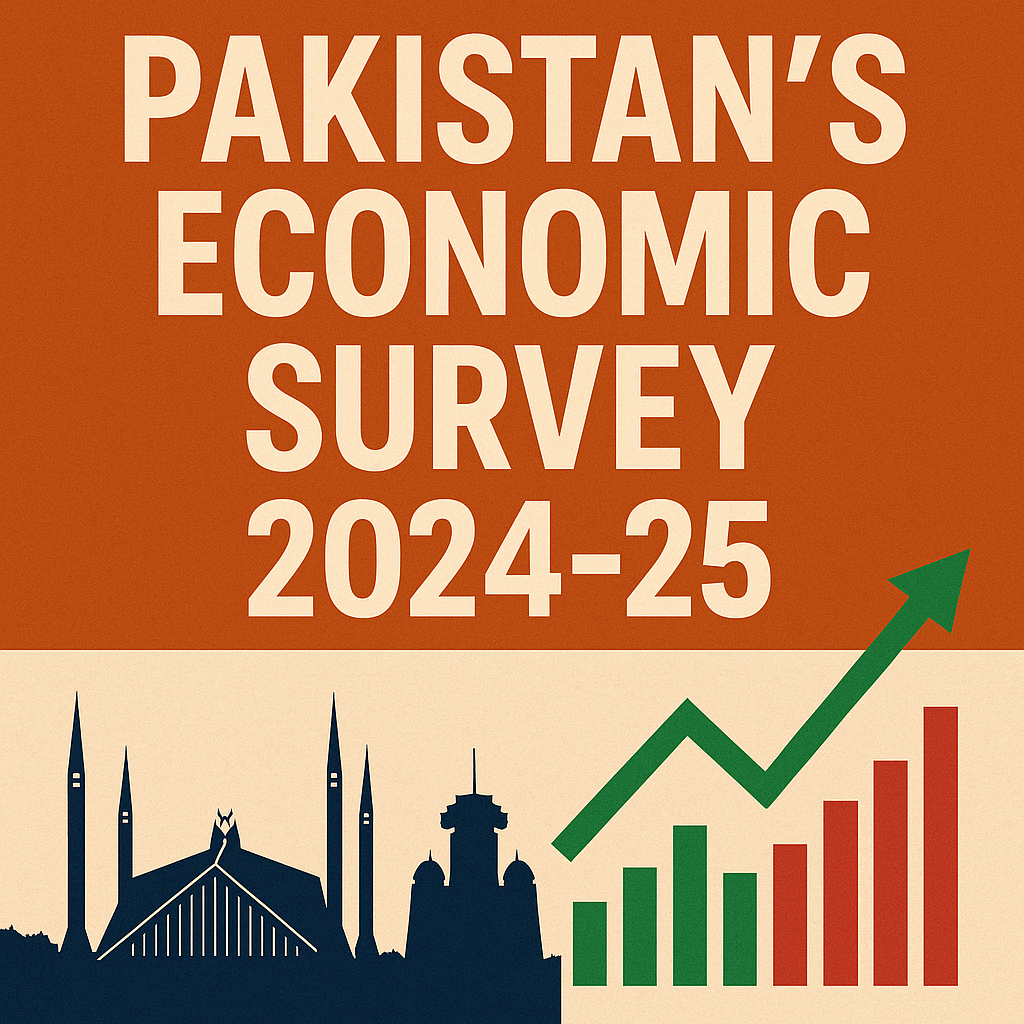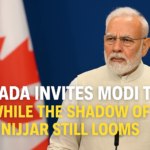
The numbers are in. The narrative? Far more complicated.
This year’s Economic Survey 2024–25, launched just weeks before the national budget, paints a split-screen story: one of fiscal restraint and controlled inflation on one side and disappointing growth, dwindling investment, and deepening public skepticism on the other.
The Finance Ministry stood firm before the cameras, polished charts in hand, declaring “macroeconomic stabilization”. But for millions of Pakistanis, these glossy phrases feel like a cruel whisper in a noisy market where prices still rise, jobs remain scarce, and promises rarely translate to relief.
GDP? Just 2.38% well below the projected 3.5%.
Investment-to-GDP? 13.1%, missing the 15.5% benchmark.
Inflation? Averaged 23.4% a drop from last year, yes, but still a daily punch to household budgets.
“We avoided artificial boosters,” said Finance Minister Muhammad Aurangzeb, “But real growth requires more than austerity.”
His words struck both applause and frustration. Applause from institutional observers who praised fiscal discipline. Frustration from a nation still waiting for the “recovery” to reach its dinner table.
Stabilized, but still starving.
That line first posted on X (formerly Twitter) has gone viral. Because it doesn’t just describe a statistic. It captures a national mood.

Two Realities, One Nation
In elite press rooms, experts debate macro-indicators. But in factories, fields, and fading office spaces, a different economy breathes.
• Manufacturing? Under performing.
• Agriculture? Missing targets.
• Foreign investment? Nearly stalled.
“We didn’t expect miracles,” says Ali, a small business owner from Faisalabad. “But we didn’t expect silence either.”
Urban professionals complain about a “policy fog,” while rural voices often unheard speak of rising input costs, unfulfilled subsidies, and endless cycles of hope and disappointment.
And the youth? They’re watching. They’re googling “Budget 2025” and “IMF bailout” not to study economics, but to plan an exit.
A Budget on Edge
With expectations now sharply lowered, the upcoming budget carries the weight of an entire country’s disillusionment. Traders demand clarity. Investors want consistency. Citizens crave honesty.
But the government’s narrative remains firm: “No sugar rush. No fake growth.”
Critics, however, see this as a cosmetic calm engineered to meet IMF conditions rather than citizen needs.
“Is this recovery or just rehearsal for another loan?” asked one commentator on Geo News.
What Lies Ahead?
Who gained?
The central bank, for holding the rupee steady and keeping inflation optics in check at least on paper.
Who fell behind?
Farmers, factory workers, and the millions of young people still waiting for their first job offer after sending dozens of CVs with no reply.
What’s truly at stake?
Public trust. And that can’t be measured in percentages or plotted on a chart. It’s the quiet confidence people feel or lose when the numbers no longer match their daily reality.
Gulf investors are observing with caution. OIC advisory bodies have offered symbolic support. But spreadsheets don’t build confidence vision, consistency, and delivery do.
And then… the silence.
Not the kind you find in reports or boardrooms but in living rooms, market stalls, and worn-out hearts.
Because in Pakistan, the real economy isn’t written in policy papers.
It’s felt in the overcrowded bus ride,
in a mother’s quiet calculations over what she can afford for dinner,
and in a graduate’s restless scrolling through job ads at 2 AM.
Stability may be claimed. But dignity, growth, and hope? They are earned not declared. And right now, the nation is still waiting.









